Pocket Pistols: Their Ins and Outs for Concealed Carry
Posted by John Howard on Mar 21st 2018
Pocket pistols have been around for a very long time, dating at least to the early compact flintlocks used in the black powder era. When folks first started carrying pistols, it did not take long for someone to think “I wish this fit in my pocket”. Gun makers quickly discovered the market niche, and designed smaller pistols. This little Queen Anne flintlock is an example.
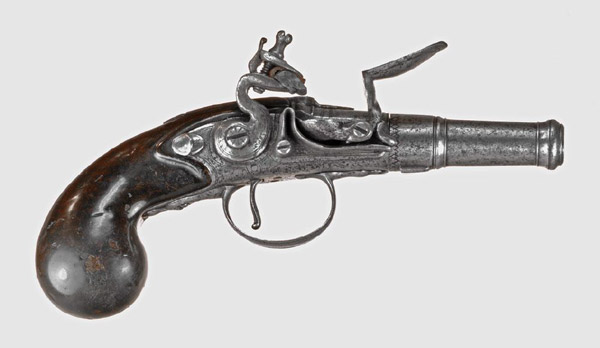
Derringers made the pocket pistol famous during the Wild West, with many a gentleman and lady carrying one on their person in case need arose. Early designs were simple, slender, and easily concealed. Here is a little Smith & Wesson that probably fit well in purse or pocket.
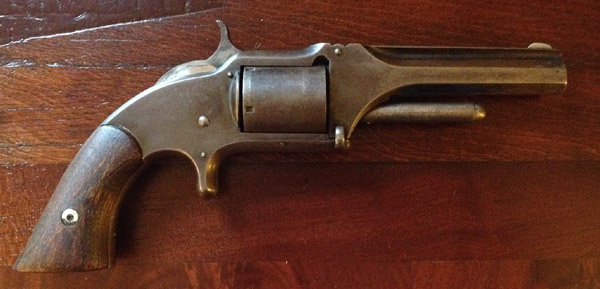
Pockets back then were likely larger than today, with most pistols carried in a vest or jacket. The development of the semi-automatic pistol saw many small autoloaders intended for pocket carry. These were often slimmer and smaller overall than previous pocket pistol options. One only has to look at the work of John Browning to get a good feel for these predecessors of today’s compact handguns. His automatics like the 1903, and the FN 1906 “Baby Browning” may not have persisted like his 1911, but were nonetheless important trend setters for small autoloaders that came later.
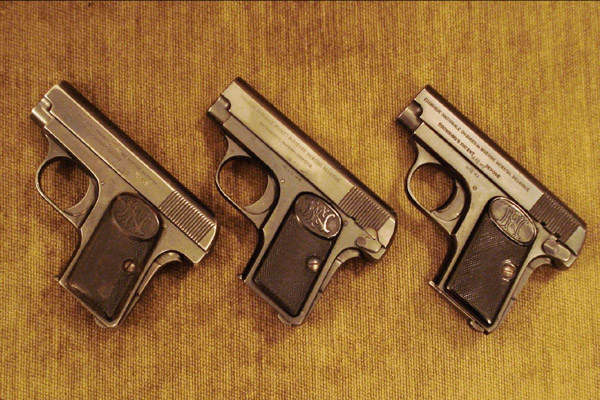
Many Kahr handguns fit into the pocket pistol category. For the purposes of this article, we will call that a handgun that can comfortably fit into common sized pockets. No, the BFR in your bib overalls does not count. A true modern pocket pistol will fit in the pocket of an everyday pair of pants. For many years this meant compromises not just on size, but also caliber. The term pocket pistol was associated with guns chambered in lower powered rounds like .22LR, .25, .32. .380. In general shooters doubted the stopping power of these rounds and with good reason. The ammunition available at the time did not exactly eek the maximum performance out of the rounds. Contemplating a pocket pistol for self defense conjured up images of underpowered guns versus overpowered bad guys. There was certainly a market for the pocket pistol, it was just considered to be a very poor idea as a sole means of self-defense.
Kahr shattered this image by introducing reliable, controllable, and accurate compact handguns in 9mm. With sizes comparable to existing guns chambered in the less powerful .380, Kahr pistols gave the shooter the option of using more powerful 9mm ammunition. While other makers had attempted it, Kahr brought the pocket 9 into successful production and paved the way for other gun makers to follow.
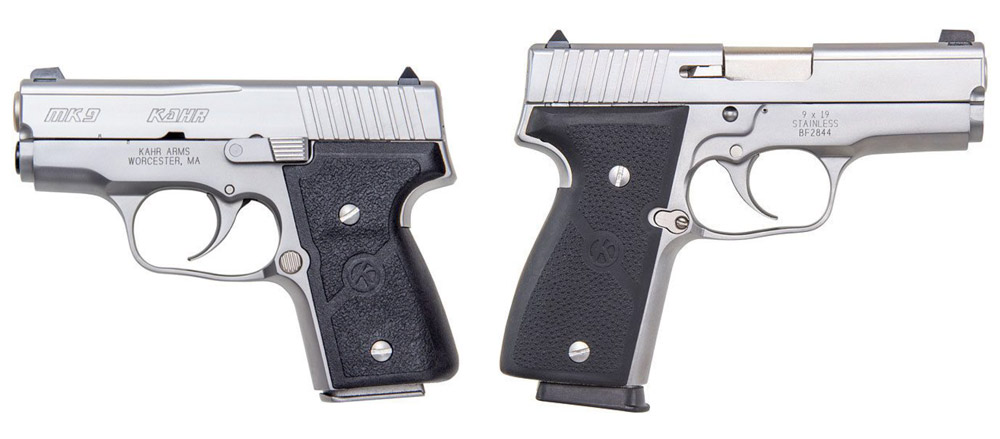
Since then improvements in ammunition design have made the little .380 a decent self-defense choice as well. Kahr followed suit by making some of the most compact guns ever offered in the caliber. The P, CW, and CT380 are true pocket pistols. Slim, lightweight, and with few protrusions to poke you in painful places.
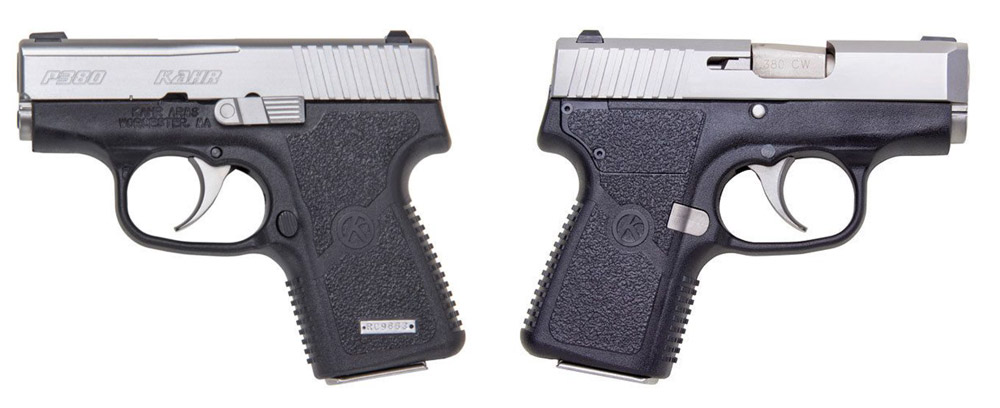
That raises an important point. Be aware that pocket carry is not the ideal method of bearing arms. It tends to be chosen by individuals who feel this is the best way to conceal a handgun on their person given what they are wearing. Having said that, there are some important considerations when choosing to pocket carry. First, pockets are not holsters. A quality holster is designed to make carrying a gun easier, facilitate quick draw, retain the firearm so it is not dropped, and to protect the gun from damage. Similarly it should protect the shooter from being damaged by any sharp edges on the gun. Your pants pocket cannot accomplish all of this, so you need to get a pocket holster.
There are a bunch on the market that essentially do the same thing: create a safe space for your gun where pocket junk will not get in its way. A well designed pocket holster may also help you avoid printing by obfuscating the gun’s shape. It may help in retention so the gun will not fall out when you do cartwheels. It may also help you draw more easily--although this feature directly conflicts with the previous point about cartwheel facilitation. This author likes the Crossbreed Pocket Rocket , but has not tested it with chartwheels due to the potential for injury. Maybe someone else (read that as younger) at Kahr will volunteer. The Pocket Rocket has a leather panel intended to be carried facing out rather than against the body. This hides the shape of the gun. It features their excellent Kydex pocket design that has great retention while also facilitating draw. Of course that depends on how easily you can get your hand in your pocket.
This raises a second important point about pocket carry: the draw. Try this with an unloaded gun. If you have a good belt holster, put the pistol in it and draw. Then put the same gun your pants pocket and repeat the process. This is assuming the gun fits completely into your pocket. Having the butt hanging out is cheating. Were you able to draw as quickly and easily from both locations? Doubtful. At a minimum this should teach you that it is important to practice drawing and shooting from whatever pocket holster you buy. Train like you will carry. By the way, when practicing be sure to put everything in your pocket that will go in there with your gun.
Third point: your pockets are for other stuff than guns. Pretty much primarily for other stuff than guns. So if you have keys, money, a pocket knife, and a cell phone in there; where does the gun fit? In the other pocket. So everything else goes in one pocket. Kind of cluttered and probably even more uncomfortable. If you do put other stuff in the pocket where your gun goes, it may interfere with safe carry and could damage the gun. If it is a cell phone, the reverse is probably true. Did we mention extra magazines? This is when women who carry their pistol in a purse can laugh at male shooters. Lots more room in the purse for everything. But that does not mean a purse holster is a bad idea. Maybe in another article….
Having said all of this about pocket carry of pocket pistols, there is an important and often overlooked fourth point about these little guns. They make excellent belt carry pistols as well. Yes that’s right, you can belt carry your pocket carry. In fact if you try it, you may decide not to pocket carry--at least not as much. The reason is that little, lightweight handguns are very concealable in your pocket and in a holster on your belt . They do not print as much as a larger gun, and they do not pull your belt (along with pants) down like a heavier pistol. You can get smaller holsters for them of the same type you may use for your larger guns. For example, this Crossbreed MiniSlide is a reduced version of their SnapSlide . This author uses the former with a CT380, and the latter with an S9. The CT380 and MiniSlide print less than the S9 and SnapSlide--although the latter is not large by any means. What this means is that even in the summer when many folks switch to pocket carry with lighter weight clothing, the CT380 hides well under a t-shirt in the MiniSlide. That is even true when wearing shorts.
See below for comparison shots of the two guns and holsters worn under the same shirt. Clearly the CT prints less. Keep in mind you know what is there so it is easier to spot than for a casual observer. The CT also weighs less. It could certainly be belt carried comfortably this way with shorts and a t-shirt in the summer.
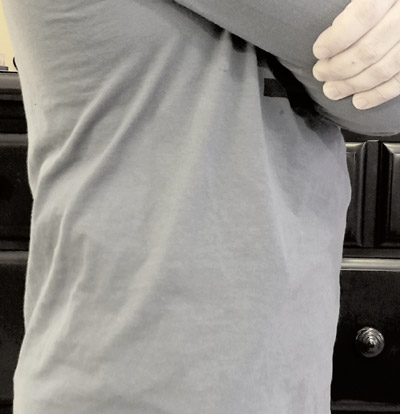 S9 in Snap Slide holster |
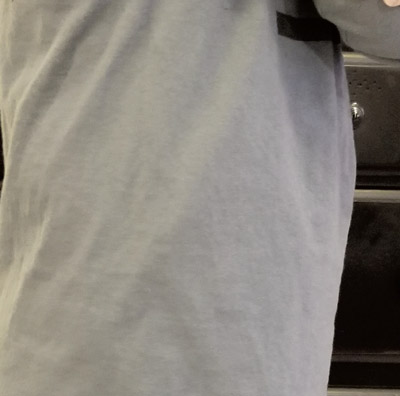 CT380 in Mini Slide holster |
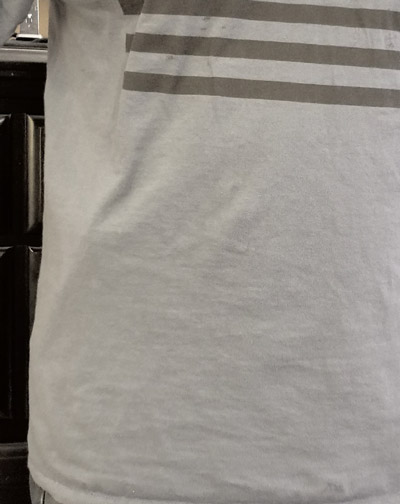 S9 in Snap Slide holster |
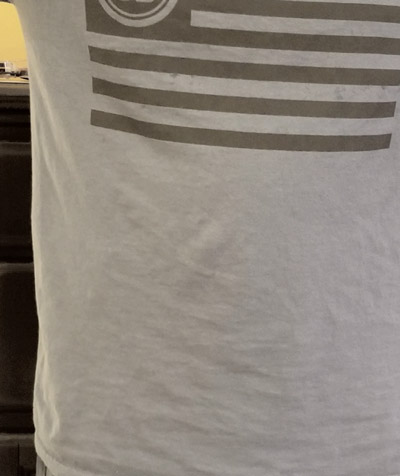 CT380 in Mini Slide holster |
So when you are thinking pocket pistols, do not get to hung up on the “pocket” part. You may find that little Kahr still carries very well on your hip. When summer months hit and you strip down to lighter clothes, you can still have the advantages of a belt holster when carrying. It is easier to draw from, and you still have your pockets free for other stuff. Car keys, cell phones, money, a pocket knife--all are mortal enemies of the pocket pistol. At least they do not coexist well in the same pocket. They also take pocket space that might be used for extra mags. If you go to do an emergency reload and pull out your iPhone instead of a mag...well maybe you can use it to dial 911.
If you are shopping for a little pocket autoloader of your own, drop by www.kahr.com . Check out the .380s and pocket sized 9mm CW and PM series guns. If you insist on bib overalls, you might even stuff a .45 in there. The BFR is still probably going to print. Once you get your Kahr, experiment a bit with carry methods. By all means try pocket carry with a good pocket holster. This method of carry works well in many situations. But do not overlook the option of carrying that little gun in a little belt holster. You may find that you can do that nearly as often, and have a lot more space for your other pocket junk.
